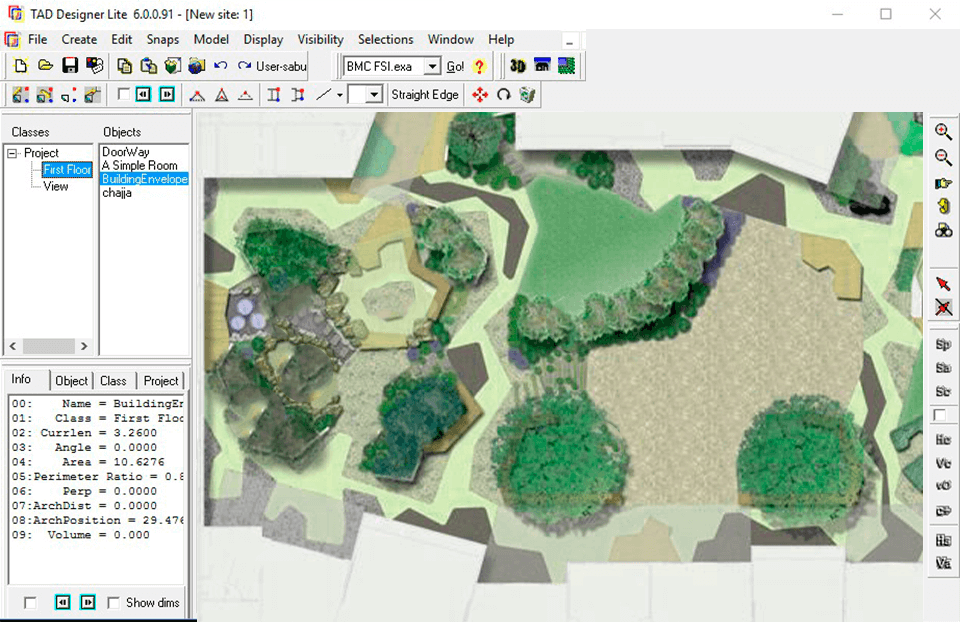Table Of Content
” Recovery shots call for skill and imagination, which translate into excitement. As satisfying as it is to bomb one down the middle, “a hole where that’s the only option is pretty dull,” Goetz says. Golf balls must also pass a roundness test, measuring deviations from a perfect sphere. If a golf ball is even slightly distorted, it can affect how it travels through the air and make it more difficult to control.
Titleist Custom Golf Balls
The rubber thread-wound golf ball became the standard golf ball in the market and remained so for many years. The evolution of the golf ball has been a fascinating journey, and it all began with the early golf balls. In this section, we will explore the different types of early golf balls, including wooden balls, featherie golf balls, and gutta percha balls. In the beginning, golf balls were made from wood, and while they were effective, they were far from perfect. Over time, golf ball manufacturers began experimenting with different materials and designs to create a more consistent and effective golf ball.
Performance Categories:
From company logos and brand ventures to personal images, you can now make the #1 ball in golf even more personal with our Custom Logo Upload Service. In short, designing an entire course is a very different job than dreaming up a single hole from scratch. Or, at least, you plan to enter the GOLF Magazine + Nicklaus Design Challenge. This ball was made from the sap of the gutta-percha tree, which was found in Malaysia. These balls were cheaper to make than feather balls and lasted longer. Learn the exact golf practice routines thousands of students at Foy Golf Academy are using to lower their golf scores.
Four Piece Balls
The United States Golf Association sets standards for the size, weight, and performance of the standard golf ball to ensure a fair and consistent game. The Haskell golf ball was introduced in 1898 and revolutionized golf ball design. The ball had a solid rubber core wrapped in rubber thread and covered with a thin outer shell made from gutta percha. The Haskell ball was more durable and had a more consistent ball flight than previous designs. It quickly became the standard golf ball and remained popular until the introduction of the modern golf ball.
Factors to Consider for Golfers
Titleist golf ball trio: the new 2024 golf balls - golfpost.com
Titleist golf ball trio: the new 2024 golf balls.
Posted: Mon, 22 Jan 2024 08:00:00 GMT [source]
The USGA regulates the size, weight, and other specifications of golf balls. The USGA sets the standards for golf ball performance, including its speed, spin, and trajectory. The design of a golf ball can affect your handicap and momentum on the golf course.
From the wooden ball to the gutta percha ball, each type of ball played a significant role in the evolution of the modern golf ball. The gutta percha ball was the next major development in golf ball technology. It was invented in the mid-19th century and was made from the sap of the gutta percha tree. The gutta percha ball was much more durable than the featherie golf ball and had a more consistent flight. The gutta percha ball was also much cheaper to produce than the featherie golf ball.
Wooden Balls
Golf ball rollback: Key questions on what is happening, why change is coming and how it will affect you - Sky Sports
Golf ball rollback: Key questions on what is happening, why change is coming and how it will affect you.
Posted: Wed, 06 Dec 2023 08:00:00 GMT [source]
While PXG doesn’t offer traditional personalization for its popular PXG Xtreme golf ball model, they do offer officially-licensed models from four branches of the U.S. military. If you have a process in place, it’s generally easier to battle back when things start going the wrong way. Jack Nicklaus once said, “I never missed a putt in my mind.” The quote speaks to the importance of positive visualization and its role in navigating the highs and lows golfers endure throughout a round. To create the core, a pre-measured amount of rubber compound is placed in a mold and heated under high pressure. The heat and pressure cause the rubber to melt and flow, taking on the shape of the mold. Jonathan Wall is GOLF Magazine and GOLF.com’s Managing Editor for Equipment.
Material and Construction of Golf Balls
The balatá was a bit soft, leading to cover damage that often resembled a slash or smile, rendering the ball useless. The better you struck the sweet spot, the less likely you were to leave a smile. Think of some of golf’s most memorable moments; many have been recovery shots. “With every hole, we’re trying to define how it should be played, but we’re also trying to determine what the penalty is if you don’t play the correct shot.
However, a softer ball reduces drive distance, as it wastes more energy in compression. This makes it more difficult for players to get a birdie or eagle, as it can take more strokes to get on the green. The ball must also have the basic properties of a spherically symmetrical ball, generally meaning that the ball itself must be spherical and must have a symmetrical arrangement of dimples on its surface. The tree is tapped and the soft, viscous fluid released is a rubber-like material similar to gutta-percha, which was found to make an ideal cover for a golf ball. If the leading edge of a highly lofted short iron contacts a balatá-covered ball in a location other than the bottom of the ball a cut or "smile" will often be the result, rendering the ball unfit for play. From the first golf ball to the modern ones we play with today is quite amazing.
Options include custom play numbers, custom text messages, custom logos and over 100 pre-made symbols to choose from. Paterson and his brother made a series of gutties, eventually stamping their prototype with “Paterson’s Composite – Patented,” although they were never granted a patent for their manufacture or unique design.
A golf ball with fewer dimples will travel less distance than a golf ball with more dimples. This can affect your handicap, as you may need to use a different club or adjust your swing to compensate for the reduced distance. In addition, the dimples on a golf ball can be optimized to reduce drag even further. The size, depth, and pattern of the dimples can all be adjusted to create the most efficient airflow around the ball. This technology can however be found in some computerized driving ranges. In this format, each ball used at the range has an RFID with its own unique transponder code.
Before the Haskell golf ball, golf balls were made of wood or a solid gutta percha ball. These early golf balls were not very consistent in their flight and lacked the distance and control of the modern golf ball. However, the solid golf ball was an improvement over the wooden ball, providing a more consistent flight and better durability. This design allows for more consistent ball flight and greater distance. In conclusion, the science behind golf ball dimples is fascinating and complex. The dimples on a golf ball help to reduce drag and increase lift, which allows the ball to travel farther and more accurately through the air.
Golf ball design has a direct impact on the distance and accuracy of your shots. Balls designed for maximum distance are optimized for low drag and high initial velocity, while balls focused on accuracy prioritize control and spin characteristics. Finding the right balance between distance and accuracy is essential to match your individual playing style and course conditions. Dimples on the surface of a golf ball reduce drag by creating turbulence in the boundary layer of air.














